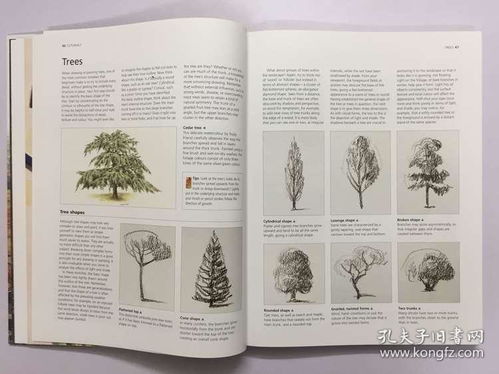Traditional Long Rod Fishing: Techniques and Tips for a Successful Catch

Traditional long rod fishing, often referred to as "long lining" or "fly fishing," is an ancient and revered method of angling that has stood the test of time. This form of fishing requires a certain level of skill, patience, and an understanding of the techniques involved. In this article, we delve into the world of traditional long rod fishing, offering you valuable tips and techniques to help you master this timeless art.
Understanding the Long Rod
The traditional long rod is a distinctive piece of equipment, characterized by its long, slender design and flexible nature. These rods are typically made from bamboo or fiberglass and can range in length from 10 to 20 feet. The length of the rod is crucial as it affects the casting distance and the sensitivity of the rod to the movements of the fish.
Choosing the Right Equipment
Before you embark on your traditional long rod fishing adventure, it's essential to choose the right equipment. Here are some key components you'll need:
- Rod: As mentioned, the length of the rod is important. Choose a rod that suits your casting style and the type of fish you're targeting.
- Reel: A traditional long rod is often paired with a simple, fixed-spool reel. Ensure that the reel is compatible with your rod and has a smooth drag system.
- Line: The line used in traditional long rod fishing is typically a monofilament or a braided line. The line should be strong enough to handle the fish you're targeting and long enough to reach your desired casting distance.
- Leader: A leader is a length of line that connects the fly line to the hook. It's usually made from a different material than the main line to provide a more natural presentation to the fish.
- Hook: The choice of hook depends on the type of fish you're targeting. For most species, a light, sharp hook is preferable.
Casting Techniques
Casting is a fundamental skill in traditional long rod fishing. Here are some key casting techniques to help you improve your casting distance and accuracy:
- Backcast: Begin by holding the rod at a 45-degree angle and sweeping it back over your shoulder. As you reach the end of your backcast, stop the rod and allow the line to unroll smoothly.
- Forward Cast: After a successful backcast, bring the rod forward in a smooth, continuous motion. The line should unroll as you move the rod forward, reaching the target with a tight loop.
- Roll Cast: This is a more controlled casting method that is useful in windy conditions. Begin by lifting the rod slightly and then rolling it over the line, allowing the line to unroll in a controlled manner.
- Trolling Cast: Trolling involves casting the line while slowly moving the boat. Practice this technique by casting the line and then gently retrieving it as you move the boat.
Fishing Techniques
Once you've mastered the casting techniques, it's time to focus on the fishing techniques:
- Reading the Water: Understanding the water you're fishing in is crucial. Look for areas where fish are likely to be, such as around rocks, logs, or weed beds.
- Fly Selection: The choice of fly is essential in traditional long rod fishing. Match the fly to the insects or baitfish that the fish are feeding on.
- Presenting the Fly: The way you present the fly to the fish can make a significant difference. Practice your presentation to ensure that the fly lands softly and naturally in the water.
- Patience: Traditional long rod fishing requires patience. Wait for the fish to take the bait or fly before setting the hook.
Safety and Etiquette
Always prioritize safety and etiquette when fishing with a traditional long rod:
- Safety First: Wear appropriate clothing and footwear, and be aware of your surroundings to avoid accidents.
- Respect the Environment: Leave no trace of your presence, and be mindful of the impact you have on the environment.
- Respect Other Anglers: Be courteous to other anglers and share the fishing spots if possible.
In conclusion, traditional long rod fishing is a rewarding and enriching experience that requires dedication and practice. By mastering the casting techniques, understanding the fishing techniques, and respecting the environment and other anglers, you'll be well on your way to becoming a proficient traditional long rod fisherman. Happy fishing!












